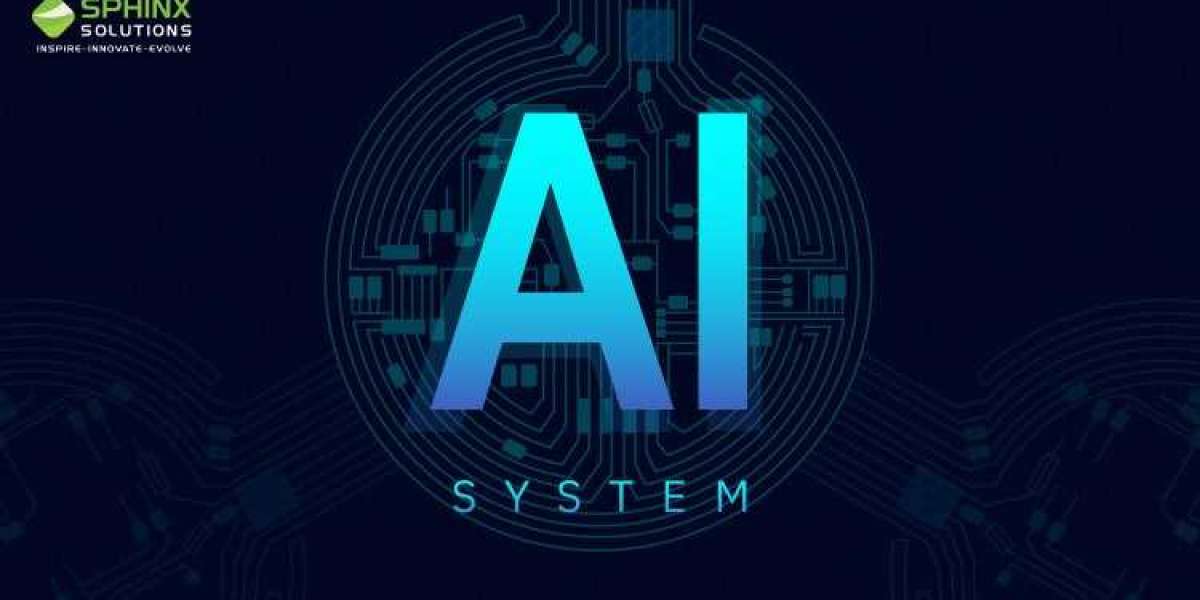AI stands for artificial intelligence which is an emerging technology, transforming the entire landscape of modern business worlds. From education to entertainment, almost every sector is leveraging the benefits of artificial intelligence to revolutionize their business process.
Whether it’s virtual assistants or recommendation systems, Artificial Intelligence helps people diversely to streamline daily tasks. While AI may look like a vast complex field, it is becoming very accessible for many individuals who want to hire AI developers to build their AI systems. In this blog, we will explore how to make Artificial Intelligence and integrate it into a system. Let’s get started.
What is an AI?
Before diving into AI development, let’s understand the fundamentals and basic foundations of AI technology. AI is a software or system intelligence that performs a number of critical tasks including problem-solving, understanding natural language, making decisions, and recognizing patterns effortlessly. AI systems are mostly designed developed to replicate human cognitive functions like perception, reasoning, problem-solving, etc.
What Languages Are Used to Build AI?
Different programming languages and tools are used in AI model development. The selection of programming languages for developing AI systems usually depends on the particular project requirements. Here are the most popular ones:
- Python:
In the AI field, Python is the most popular programming language and it’s known for its readability, simplicity, and wide ecosystem of frameworks and libraries. Python is suitable for different tasks like data analysis, natural language processing, machine learning, machine learning, and so on. Important AI libraries in Python include PyTorch, scikit-learn, TensorFlow, spaCy, and so on.
- R:
R language is specially designed for statistics and data analysis. It’s mostly used in AI research and different tasks like data visualization, statistical modeling, machine learning, etc. This programming language comes with a rich ecosystem of data analysis and manipulation.
- Java:
Java is a widely used and versatile programming language used in developing an AI. This language is extensively used in areas like high-scale data processing, robotics, etc. Different libraries like Weka Deeplearning4j offer advanced AI capabilities in Java language.
- Julia:
As compared to Python Java, Julia is the comparatively youngest programming language that is widely used in AI research. Julia is known for its high-performance capabilities use cases in advanced computing. This is also used for numerical computing tasks.
Looking For AI Development Services?
Strengthen your business intelligence with our custom AI development solutions.
How to Build an AI From Scratch?
AI is a large domain that encompasses a number of subfields like natural language processing, computer vision, deep learning, and so on. Here are the key steps to developing AI systems:
- Define Your Project Goals:
Firstly, you need to determine all your project goals and objectives. You should also define what problem you would like to address and solve. This is because AIs are specially trained to solve particular issues.
- Select Your AI Project
Once you’ve defined all your project goals, you have to decide on a particular AI process to work on. The selection of an AI project mostly depends on your goals and interests. Here are some major AI project ideas to consider:
- Image classification: Image classification mostly involves AI model development that classifies images into predefined categories. For instance, you can make an AI system that shows several kinds of fruits in images.
- Sentiment analysis: Build a sentiment analysis system that can effectively analyze text data such as reviews, tweets, or comments determine whether the sentiment is negative, positive, or neutral.
- Chatbot development: Chatbot development is a popular process that involves creating an AI-based bot that encompasses conversations with users clarifies their doubts and questions. You can seamlessly add it to your messaging or website platform.
- Personalized recommender system: An AI-based personalized recommendation system or engine helps to suggest products, services, music, movies, and other things to users depending on their behavior and preferences.
- Gather Prepare Data
Well, this is one of the crucial parts of the AI model development process. To train any AI model, a significant amount of data is highly required. Based on your project, you may need text, audio, images, and other data. Once you’ve gathered all your data, you need to start preprocessing it.
Data preprocessing mostly involves transforming, cleaning, organizing, and managing your data to make it ideal to train an AI model efficiently. Data processing is important as the quality of your data impacts the overall performance of your AI model directly.
- Select Implement AI Algorithms
The selection of AI algorithms mostly depends on the type of your project. For instance, to implement any machine learning tasks, you have to choose appropriate algorithms like decision trees, linear regression, support vector machines, etc. On the other hand, you need to work with neural networks for deep learning projects.
Implementing all these AI algorithms usually involves creating codes from scratch or utilizing pre-trained models as well as libraries. Some organizations like Google provide pre-built models ready to be customized. These are developed with several data entries.
- Train Your AI model
AI model training plays an important role in this AI development process. This stage involves feeding an AI algorithm and adjusting and managing its parameters to eliminate errors.
As per statistics, most data scientists utilize 80% of data sets to train AI models. The remaining 20% is utilized to assert the predictive capabilities of the model.
During the training phase, you have to split all your data into training validation sets for evaluating the performance of your model. Apart from that, you need to select proper metrics to measure how your model works. Different metrics may include precision, accuracy, recall, F1-score, etc.
- Deploy Your AI
Once you’ve trained your model and are satisfied with its performance, you may start deploying it for real-time purposes. AI deployment mostly depends on all your project needs and requirements – either you make a web application or add it to your existing system.
While deploying the AI systems, consider security, scalability, and performance. You should also track and monitor the performance of your model in a production environment retain it with data to maintain its precision.
Want to Hire AI Developers?
With end-to-end AI development solutions, we help brands automate business operations.
Final Words
Developing your AI is a very exciting journey as it needs proper learning, skills, and persistence. Setting up a proper roadmap for AI model development makes the entire process seamless. Developing an AI system isn’t about making technology, it’s all about addressing user pain points and resolving them effortlessly. Whether it’s image recognition or natural language processing, AI-integrated systems bring new opportunities for businesses.
FAQs
How much does it cost to create an AI?
The cost of making an AI for a system usually ranges from $15,000 to $80,000. It can exceed $100,000 if the complexity level is too high. Moreover, the AI development cost also varies depending on a number of factors such as type of AI, required database, software and hardware, team’s expertise, etc.
How much does it cost to develop an AI app?
The overall cost of developing an AI-based app ranges from $80,000 to $100,000. However, this rate is not fixed, as it depends on multiple features functionalities, type of AI, complexity levels, developer’s hourly rates, locations, etc.
What are the 5 disadvantages of AI?
While AI technology has many potential benefits, it comes with a number of disadvantages challenges. Five notable disadvantages of AI include:
- Lack of creativity
- Privacy concerns
- Bias discrimination
- Lack of transparency
- Reliability technical Challenges
How to build an AI with Python?
Developing an AI using Python mostly involves making deep learning and machine learning models. Here is a step-by-step guide to AI development with Python language:
- Define your problem
- Collect prepare all data
- Choose a machine learning approach
- Split data into testing training sets
- Set up the AI model
- Evaluate the AI model
- Test the AI Model
- Deploy the AI Model
- Monitor maintain
What software to use to create an AI?
There are several software libraries tools available for developing an AI. Some of the widely used software tools for AI development include:
- Python
- H2O AI
- TensorFlow
- Azure Machine Learning Studio








